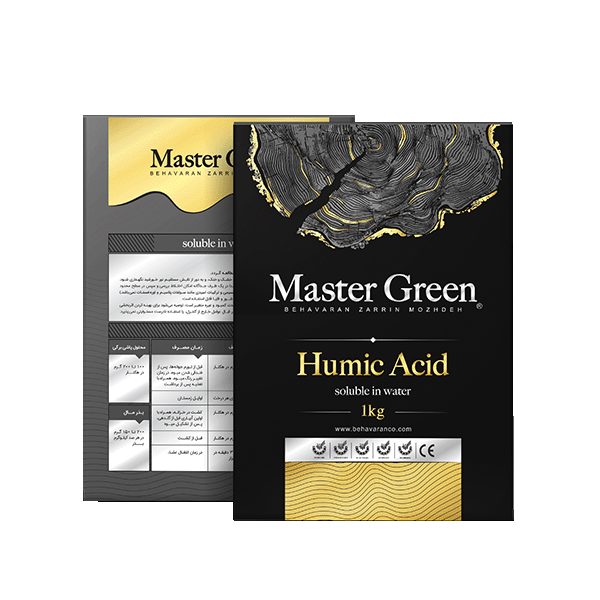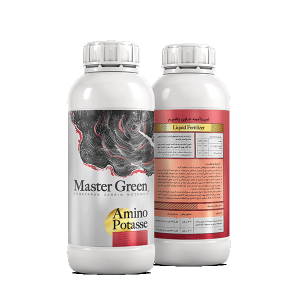Description
Humic Acid Powder Fertilizer
Brand: Master Green
Package of 1 kg
Effects of Humic Acid on Plants
This fertilizer increases the water retention in the environment around the roots and helps plants to cope with water and salinity stresses. It increases the solubility and absorption of elements in the soil.
Humic acid has chelating properties and micronutrients such as iron, manganese and zinc are better utilized by the plant as a result of increasing their absorbability. It increases the volume and spread of the plant root network, improves the physical, chemical and biological properties of the root growth environment, increases soil permeability and increases soil organic matter.
This fertilizer contains humic acid molecules at a rate of 50% by volume, folic acid at a rate of 12% and soluble potassium at a rate of 6%.
This fertilizer has a powdery and very concentrated appearance. Powdered humic acid usually has higher concentrations of humic acid and fulvic acid than liquid humic acid, but in terms of application method, both are used with irrigation.
In areas with poor soil fertility, the use of humic acid has significantly improved crop yield by increasing the availability of nutrients.
Similarly, fulvic acid is used to speed up seed germination and improve plant tolerance to drought, leading to better crop establishment and survival.
The best time to apply humic acid to crops is at the beginning of the growing season, after transplanting and establishing the plant in the ground, and for orchard trees in late winter before bud swelling during fruit development, and for seedlings at all times of the year.The best way to use humic fertilizers is with irrigation due to their large molecules. However, if the percentage of fulvic acid, which is smaller than humic acid, is higher, it can also be foliar sprayed.







